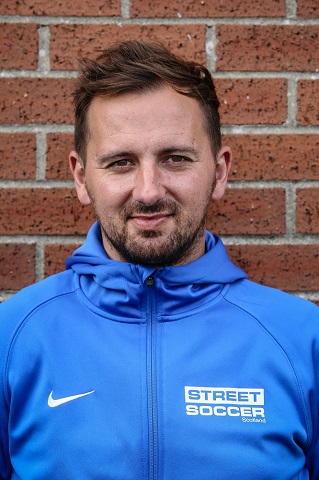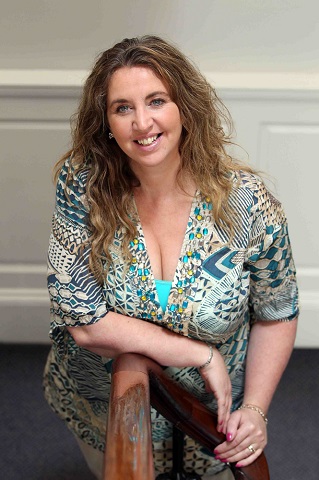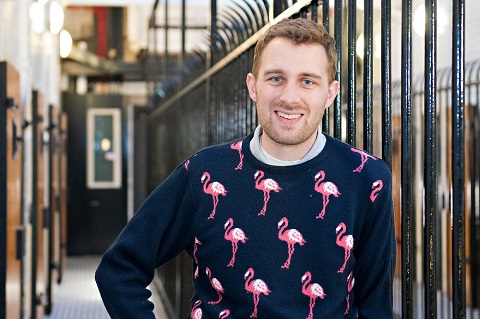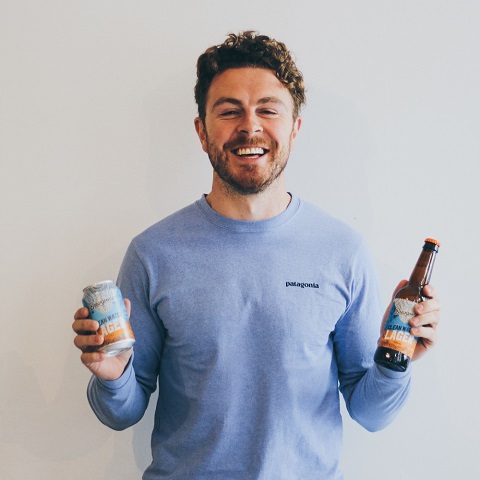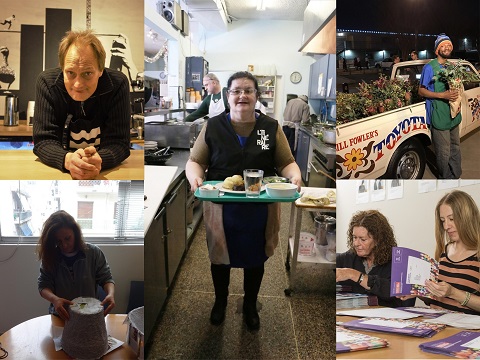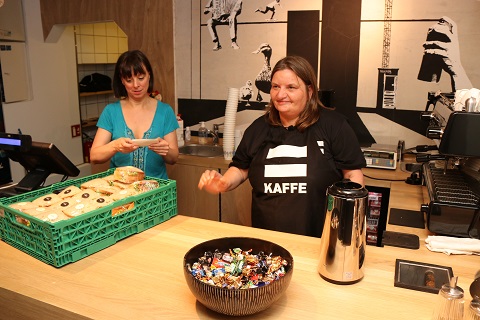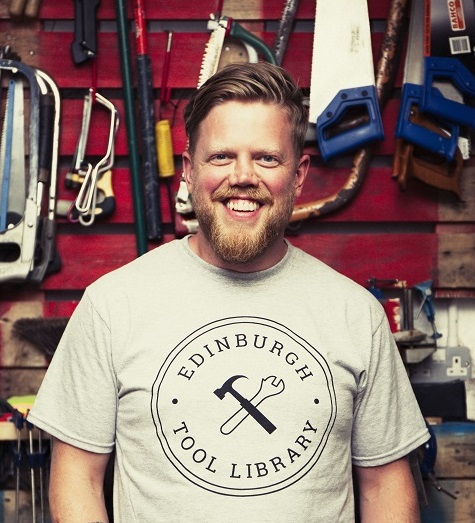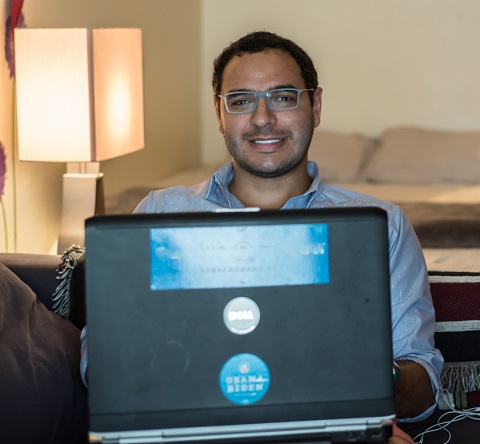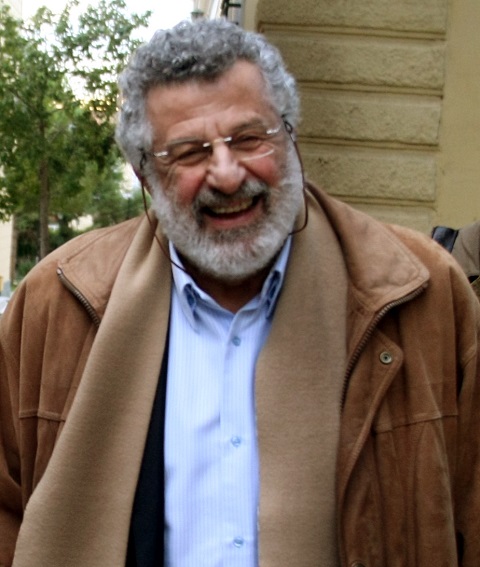By Jenna Minser
“People ask, ‘Why did you create a social enterprise for virtual reality?’ Why would you not do that if you could?” Viarama founder and CEO Billy Agnew said of the Edinburgh-based virtual reality social enterprise he established in 2015, “I think that’s just the way it’s looked upon in Scotland. There’s some kind of national character that wants to care for the fellow human being. And long may it continue.”
Agnew’s idea for Viarama, centred around using virtual reality, or VR, headsets for social good, started when he was just 16 after he first tried the new technology, “It just had this profound effect on me,” Agnew said, “The potential of it seemed so full of opportunities.”
Years later, Agnew managed to get an early model VR headset. With a background in psychology, Agnew saw VR as a tool to help people with Alzheimer’s disease and dementia. It was something that, at the time, had never been done before.
Agnew started work with local dementia groups and nursing homes. He hoped that the technology would help those suffering from memory issues or confusion to ground them in a situation they felt comfortable in. Whether that be visiting a favourite beach from childhood or doing an activity they couldn’t do in reality anymore, Agnew described the initial visits as intensely emotional.
“After those first visits,” Agnew said, “from my perspective, it would have been remiss if I didn’t try to make sure people could get access to this technology.”
Five years on, Viarama now works in locations across Scotland to help increase accessibility to VR.
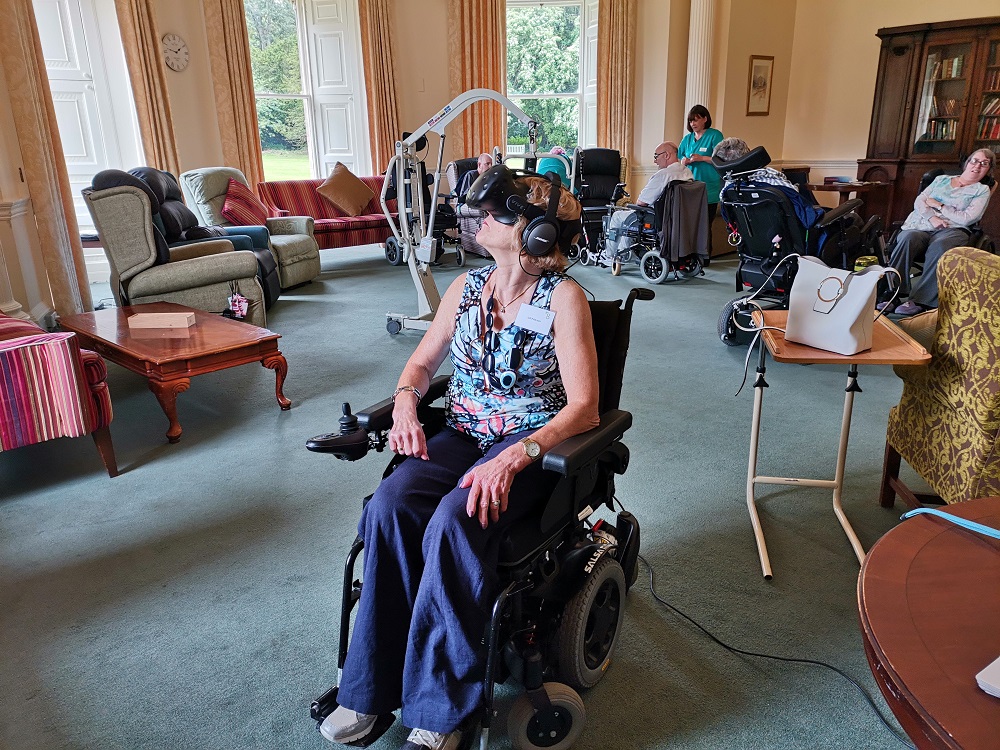
Finding peace at the end of life
Some of the main work that Viarama does is in hospice and respite centres, following Agnew’s original vision of enabling those with Alzheimer’s, dementia, and other debilitating health issues to once again see the world.
St. Columba’s Hospice in Edinburgh is one such centre. They started working with Viarama in 2017 after Agnew approached them offering a free trial session. Dr Anna Lloyd, a research fellow at St. Columba’s, explained that while there hasn’t been extensive research on the topic, there is some evidence to show that VR experiences can help people with pain or anxiety, two common symptoms that people exhibit towards the end their lives.
While Dr Lloyd notes that there have been a range of reactions to the virtual reality experiences, most have been positive. “For some people,” Dr Lloyd said, “there was a really profound response.”
Participants have felt joy, happiness, and even the capacity to fulfil something that they haven’t been able to before. Others felt that their symptoms, mostly pain and anxiety, were lessened.
Dr Lloyd cited one instance of a woman who was near the very end of her life. She was bed-bound and struggled to lift her head and carry the VR headset. Agnew takes his time with participants, oftentimes taking them to several places virtually, and the woman ended up visiting a canyon in America.
“She felt incredibly at peace and was just there for quite a long time,” Dr Lloyd said of the woman’s experience. “When she went back to her room, her son and her husband were in tears at how important that session had been for them and for the woman. That was the first time they’d seen her smile in a long time.” This was very shortly before the woman died, and Dr Lloyd described how incredibly moved her family felt at being able to see her at peace.
![Viarama's VR technology being used at St. Columba's Hospice in Edinburgh. [Photo courtesy of Viarama]](https://hub.insp.ngo/wp-content/uploads/2020/03/INSP_Viarama_1-1.jpg)
Unexpected lessons
Viarama also works with schools to use virtual reality as an alternative teaching method for students who may have learning difficulties or to introduce new technology into the classroom.
Agnew started working with Granton Primary School in Edinburgh in the fall of 2018, and principal teacher Avril Whelan said it has been a great success, “The children love it. I mean there’s not been one child we’ve had that hasn’t enjoyed it.”
Whelan explained that Granton uses virtual reality as a learning tool. “A class last year had been learning about the rainforest. The students were time-tabled to go down and use the VR headsets so they could virtually move around the forest. Agnew would talk to them as they were navigating. For them, it was like a real-life experience.”
When asked if there were any instances with the technology that were particularly memorable, Whelan recalled when a child who had recently moved to Edinburgh from Spain asked if he could travel back to his old neighbourhood.
“It was really sweet,” Whelan said, “He was virtually on the street that he used to live on, saying ‘oh my gosh! That’s my house; this is my bedroom.’ He was so excited. He thought he would never see it again. That was an experience we couldn’t have imagined would happen.”
![Princess Anne visits Leuchie House healthcare facility with Viarama's Billy Agnew. [Photo by Malcolm McCurrach]](https://hub.insp.ngo/wp-content/uploads/2020/03/INSP_Viarama_7-1.jpg)
Reflecting back and looking forward
In March 2019, Viarama suffered a break-in and robbery during which thieves stole £20,000 worth of virtual reality equipment.
A year on, Agnew said the company is doing great. “[The robbery] was extremely damaging to the social enterprise, but I believed in our ability to bounce back. I’m pleased to say that we’ve managed to do that. Now, things are better than ever.”
Agnew cited a large part of the organisation’s speedy recovery to the help of two of Viarama’s greatest supporters: Spartan’s Community Football Academy and The Big Issue, Viarama being a member of the latter’s Big Issue Invest program.
“The investment that Viarama received from The Big Issue probably kept us in business,” Agnew said. “And without that support or Spartan’s Community Football Academy and the backing of their chief executive Douglas Samuel, we would be in a far worse position.”

Today, Viarama is looking forward to several upcoming projects to help virtual reality reach even more people. Launching later this spring, the company is partnering with Places for People, an organisation that works to build sustainability communities, to help redevelop the waterfront at Granton Primary School. Viarama is also soon expanding its programming into England and Ireland.
As Viarama and VR technology continue to grow, both Granton Primary School and St. Columba’s Hospice think it’s worthwhile for other organisations to try out the company’s technology.
“I absolutely think more schools should employ virtual reality. We’ve had learners with additional support needs use it, so it’s not just one type of child that can access it. And the more that we explore [VR] with our children, the more we think ‘oh wow, I hadn’t even thought of that’,” Whelan said of the many opportunities Granton has found to use VR.
Dr Lloyd had similar feelings about St. Columba’s experience, “[The participants] were incredibly engaged with [virtual reality]. I wouldn’t say that virtual reality is something that would fit everybody, but for the people who are open to it and are able and willing to engage with it, it has the potential to be very beneficial.”
INSP members can download this story for republication here.





